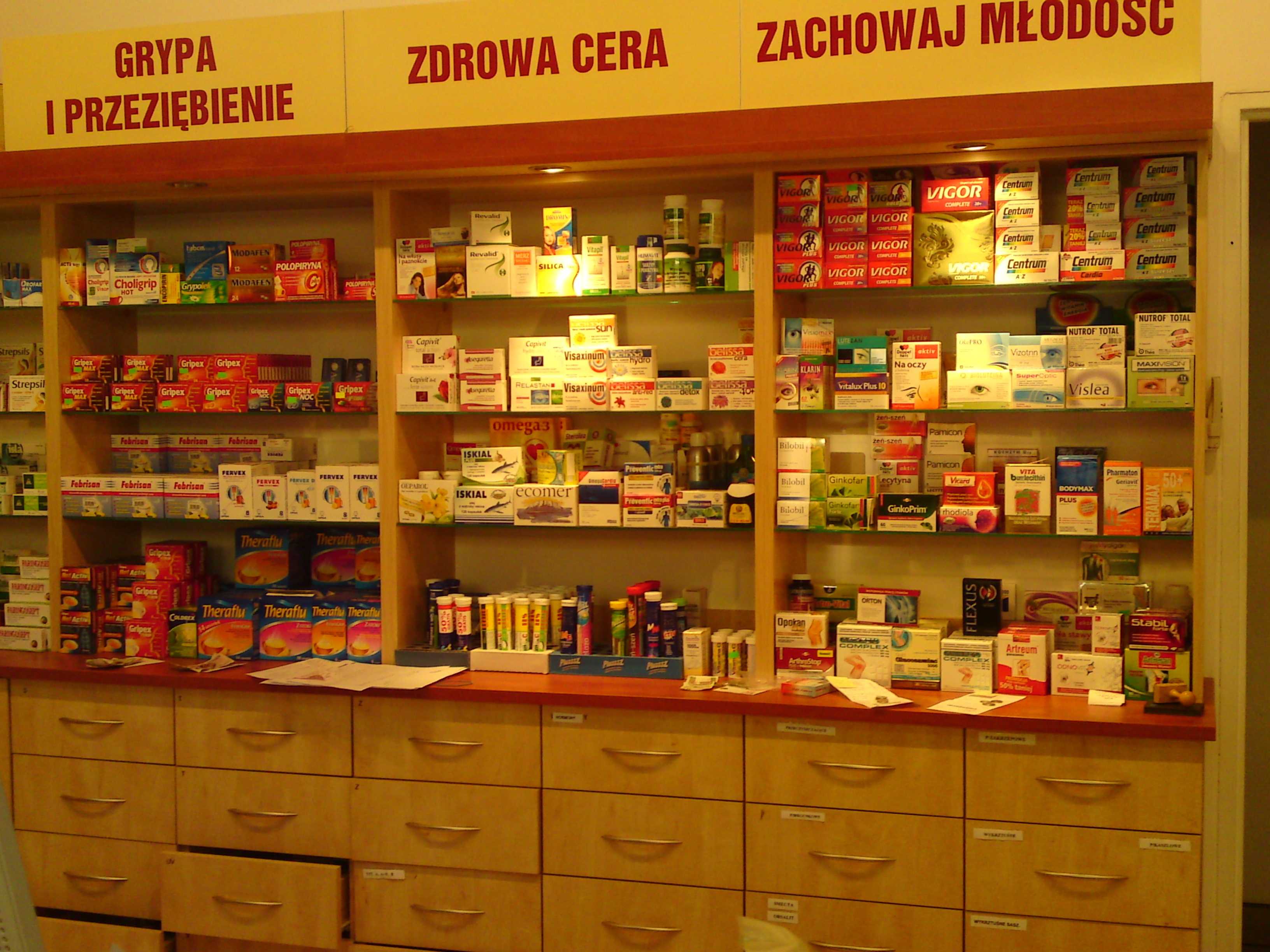Formulation of Flocculated and Deflocculated Suspensions
Suspensions, as heterogeneous systems comprising dispersed solids in liquid media, are widely used in pharmaceutical ulations. To enhance stability and control sedimentation, suspensions are often ulated to be either flocculated or deflocculated. Flocculated suspensions exhibit loose aggregates of particles, while deflocculated suspensions have individual, dispersed particles. This article will explore the principles behind flocculation and deflocculation, the methods used to achieve these states, and the evaluation techniques employed to assess the quality of flocculated and deflocculated suspensions.
Flocculated Suspensions
Flocculated suspensions are characterized by the ation of loose aggregates or clusters of particles. This phenomenon is induced by the presence of bridging agents or flocculants, which cause particles to adhere to each other. Flocculation can improve suspension stability by:
- Reducing sedimentation rate: The larger flocculated particles settle more rapidly than individual particles, preventing the ation of a dense sediment layer.
- Enhancing redispersibility: Flocculated suspensions are often easier to redisperse after shaking or storage, as the aggregates are loosely bound.
- Improving rheological properties: Flocculated suspensions can exhibit pseudoplastic or thixotropic behavior, which can enhance their spreadability and adherence.
Deflocculated Suspensions
Deflocculated suspensions consist of individual, dispersed particles. This state is achieved by minimizing the attractive forces between particles. Deflocculation can be beneficial in:
- Improving bioavailability: Deflocculated suspensions can promote the release and absorption of the dispersed drug.
- Enhancing clarity: Deflocculated suspensions tend to be more transparent or translucent than flocculated suspensions.
- Controlling sedimentation rate: Deflocculated suspensions can be ulated to have a slower sedimentation rate, which can be desirable for certain applications.
Formulation of Flocculated and Deflocculated Suspensions
The ulation of flocculated and deflocculated suspensions involves careful selection of components and processing techniques. Key considerations include:
- Particle size and shape: Smaller, spherical particles tend to settle more slowly and are more likely to flocculated suspensions.
- Surface properties: The surface charge and hydrophobicity of the particles can influence their aggregation behavior.
- Suspending medium: The viscosity, density, and surface tension of the suspending medium can affect suspension stability.
- Flocculating agents: Flocculants, such as electrolytes, polymers, or surfactants, can be used to induce flocculation.
- Deflocculating agents: Deflocculants, such as surfactants or dispersing agents, can be used to prevent particle aggregation.
Evaluation of Flocculated and Deflocculated Suspensions
Several techniques can be used to evaluate the quality of flocculated and deflocculated suspensions. These include:
- Sedimentation volume: The volume occupied by the sediment after a specified settling time can be measured to assess the extent of flocculation or deflocculation.
- Redispersibility: The ease with which a suspension can be redispersed after shaking or storage can be evaluated.
- Rheological properties: The flow behavior of a suspension can be assessed using rheological measurements.
- Particle size analysis: The particle size distribution of a suspension can be determined using techniques such as laser diffraction or dynamic light scattering.
- Zeta potential measurement: The zeta potential of the suspended particles can be measured to assess the degree of electrostatic repulsion or attraction.
Applications of Flocculated and Deflocculated Suspensions
Flocculated and deflocculated suspensions have various applications in the pharmaceutical industry, including:
- Oral suspensions: Flocculated suspensions are often used for oral administration due to their improved redispersibility and slower sedimentation rate.
- Injectable suspensions: Both flocculated and deflocculated suspensions can be used for parenteral administration, depending on the desired release profile and injection characteristics.
- Topical suspensions: Flocculated suspensions can be used for topical application to provide a thicker, more adherent consistency.
- Cosmetics: Both flocculated and deflocculated suspensions are used in various cosmetic products, such as lotions, creams, and foundations.
Conclusion
Flocculated and deflocculated suspensions are important pharmaceutical ulations with distinct properties and applications. By understanding the principles governing flocculation and deflocculation, pharmacists can ulate suspensions that meet specific therapeutic and aesthetic requirements. Careful evaluation of these suspensions is essential to ensure their quality and stability.
For practice MCQ on this article, click here.
For more regular updates you can visit our social media accounts,
Instagram: Follow us
Facebook: Follow us
WhatsApp: Join us
Telegram: Join us






[…] Formulation of Flocculated and Deflocculated Suspensions […]